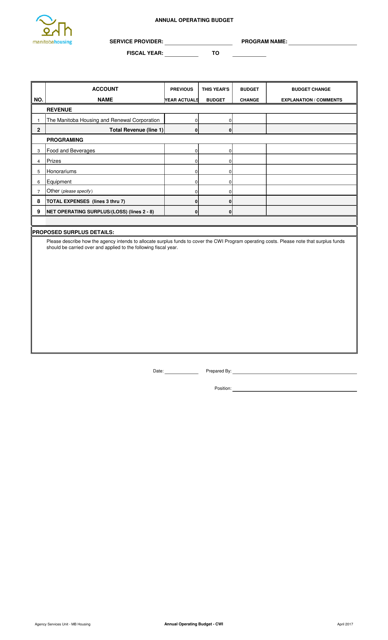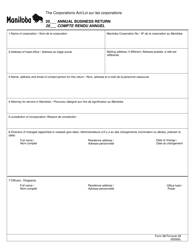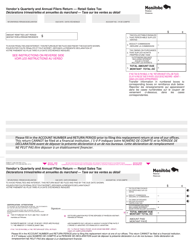Annual Operating Budget - Manitoba, Canada
The Annual Operating Budget of Manitoba, Canada is a financial plan that outlines the anticipated revenues and expenses for the provincial government over a one-year period. It is primarily used to allocate funds for various government programs, services, and infrastructure projects. The budget helps to ensure that public resources are managed effectively and that the government can provide essential services and support to its residents. It also helps in monitoring and measuring the financial performance of the government and making informed decisions related to taxation, expenditure priorities, and economic policies.
In Manitoba, Canada, the annual operating budget is filed by the provincial government. The Ministry of Finance is responsible for preparing and presenting the budget for approval by the Legislative Assembly of Manitoba.
FAQ
Q: What is the annual operating budget of Manitoba, Canada?
A: The annual operating budget of Manitoba, Canada varies from year to year. For the current year, the budget is $13.6 billion.
Q: How is the annual operating budget of Manitoba, Canada allocated?
A: The annual operating budget of Manitoba, Canada is allocated to various sectors such as healthcare, education, infrastructure, social services, and more.
Q: What are the main sources of revenue for the annual operating budget of Manitoba, Canada?
A: The main sources of revenue for the annual operating budget of Manitoba, Canada include taxes (personal income tax, corporate tax), federal transfers, and other fees and levies.
Q: How does Manitoba, Canada manage its annual operating budget?
A: The annual operating budget of Manitoba, Canada is managed by the provincial government. The government carefully assesses the needs of various sectors and makes decisions on allocating funds accordingly.
Q: What factors are considered when creating the annual operating budget of Manitoba, Canada?
A: When creating the annual operating budget of Manitoba, Canada, factors such as economic conditions, population growth, infrastructure requirements, and social needs are taken into account.







